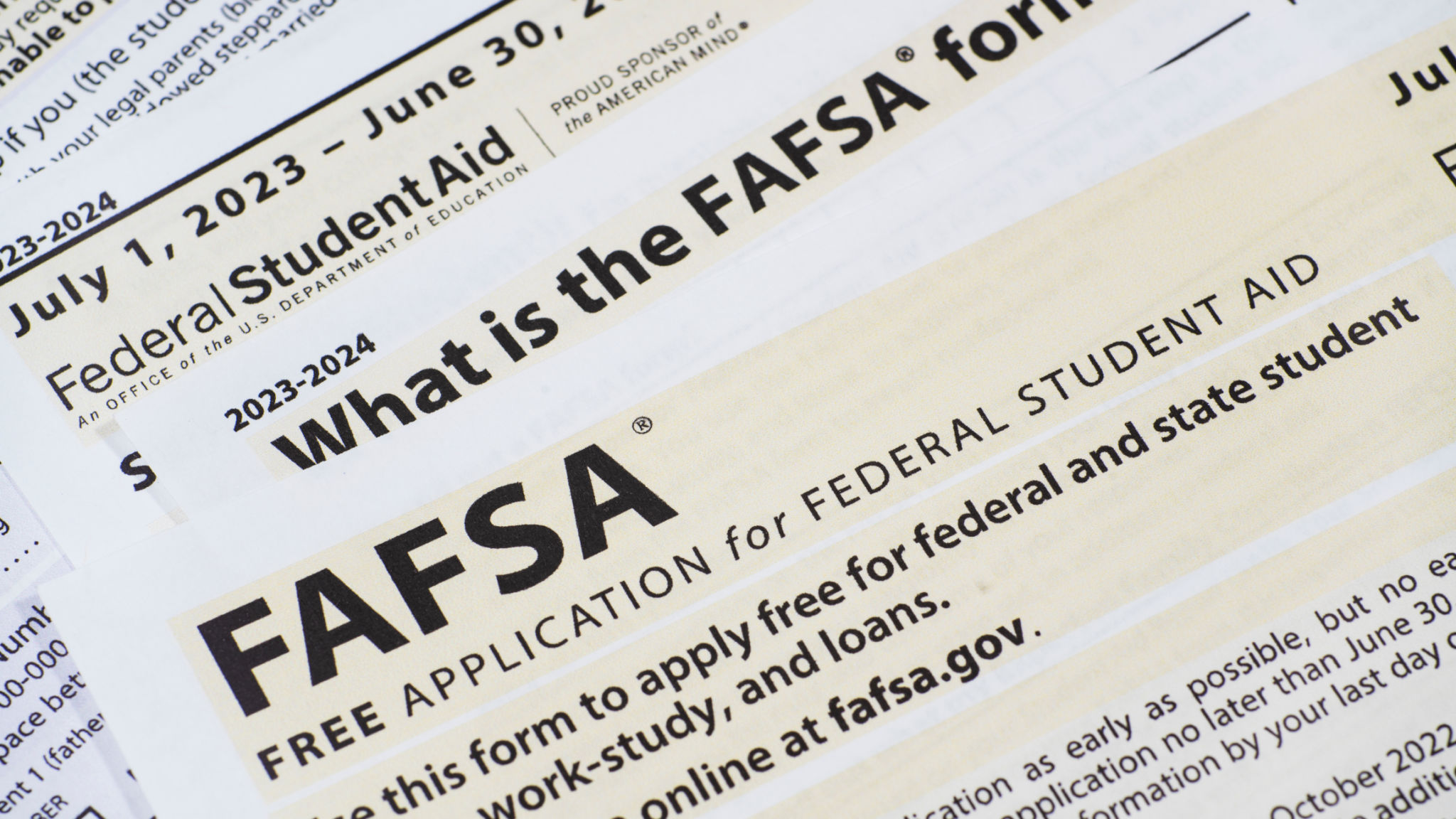Expert Tips for Navigating Federal Student Loan Programs Successfully
Understanding Federal Student Loan Programs
Navigating federal student loan programs can be a daunting task for many students and their families. With various options available, it’s crucial to understand the differences and choose the best fit for your financial situation. Here, we offer expert tips to help you successfully manage and repay your federal student loans.

Types of Federal Student Loans
The U.S. Department of Education offers several types of federal student loans. It's important to know the distinctions between them to make informed decisions:
- Direct Subsidized Loans: These loans are available to undergraduate students with financial need. The U.S. Department of Education pays the interest while you’re in school and during certain deferment periods.
- Direct Unsubsidized Loans: Available to both undergraduate and graduate students, these loans do not require financial need, but you are responsible for paying the interest at all times.
- Direct PLUS Loans: Designed for graduate or professional students and parents of dependent undergraduates, these loans help cover education expenses not met by other financial aid.
- Direct Consolidation Loans: Through this option, you can combine all federal student loans into a single loan with one monthly payment.
Application Process: FAFSA
The first step in obtaining federal student loans is completing the Free Application for Federal Student Aid (FAFSA). This form determines your eligibility for federal financial aid, including loans, grants, and work-study programs. Be sure to submit your FAFSA as early as possible to maximize your aid opportunities.

Repayment Strategies
Once you’ve graduated or dropped below half-time enrollment, it’s time to start repaying your federal student loans. Understanding your repayment options is crucial to managing your debt effectively.
Choosing the Right Repayment Plan
Federal student loans offer a variety of repayment plans to accommodate different financial situations. Some popular options include:
- Standard Repayment Plan: Fixed monthly payments over a 10-year period.
- Graduated Repayment Plan: Payments start low and increase every two years, also over a 10-year period.
- Income-Driven Repayment Plans: Monthly payments are based on your income and family size, potentially offering lower payments than standard plans.

Loan Forgiveness Programs
If you're pursuing a career in public service or education, you might qualify for loan forgiveness programs. These programs are designed to forgive the remaining balance on your federal student loans after a certain number of qualifying payments. Research options such as Public Service Loan Forgiveness (PSLF) and Teacher Loan Forgiveness to see if you qualify.
Avoiding Common Pitfalls
Managing federal student loans can be challenging, but avoiding common pitfalls can make a significant difference in your financial health. Always make payments on time to prevent falling behind. Consider setting up automatic payments to ensure timely processing and potentially qualify for interest rate reductions.
Lastly, stay informed about any changes in federal student loan policies. Legislative updates may impact your repayment strategy or offer new benefits that could ease your financial burden. By staying proactive and informed, you can navigate federal student loan programs successfully.
